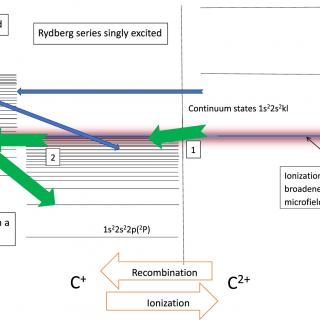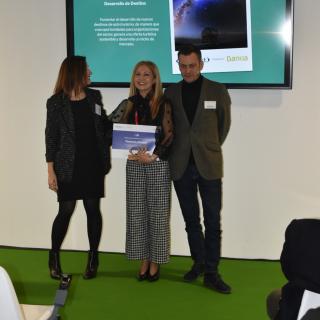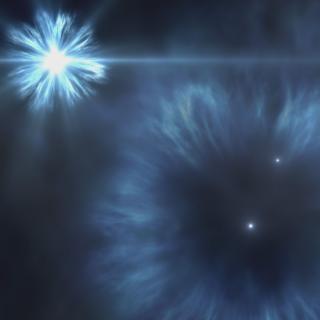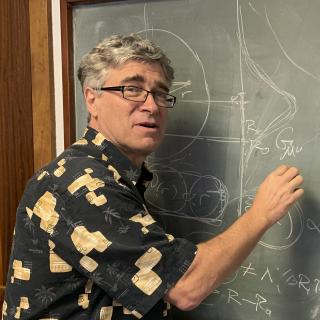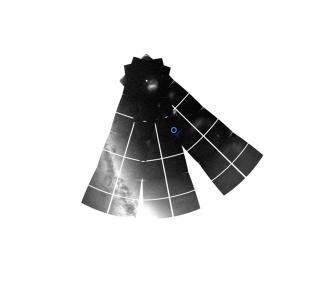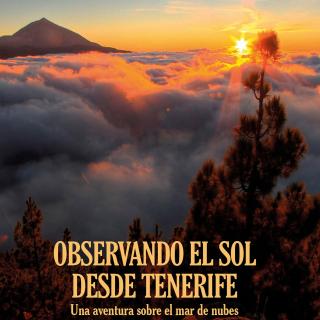
Presentation of the book “Observing the Sun from Tenerife. An adventure above the sea of clouds” “The latitude of the islands, Teide, and the trade-winds have contributed to the story of the Sun in Tenerife”. This phrase by solar physicist Manuel Vázquez Abeledo was noted during the presentation of his most recent book Observing the Sun from Tenerife. An adventure above the sea of clouds (just in Spanish) by another solar physics from the Instituto de Astrofísica de Canarias (IAC), his friend and colleague José Antonio Bonet, who gave a summary of it. The event took place last Friday at the
Advertised on
